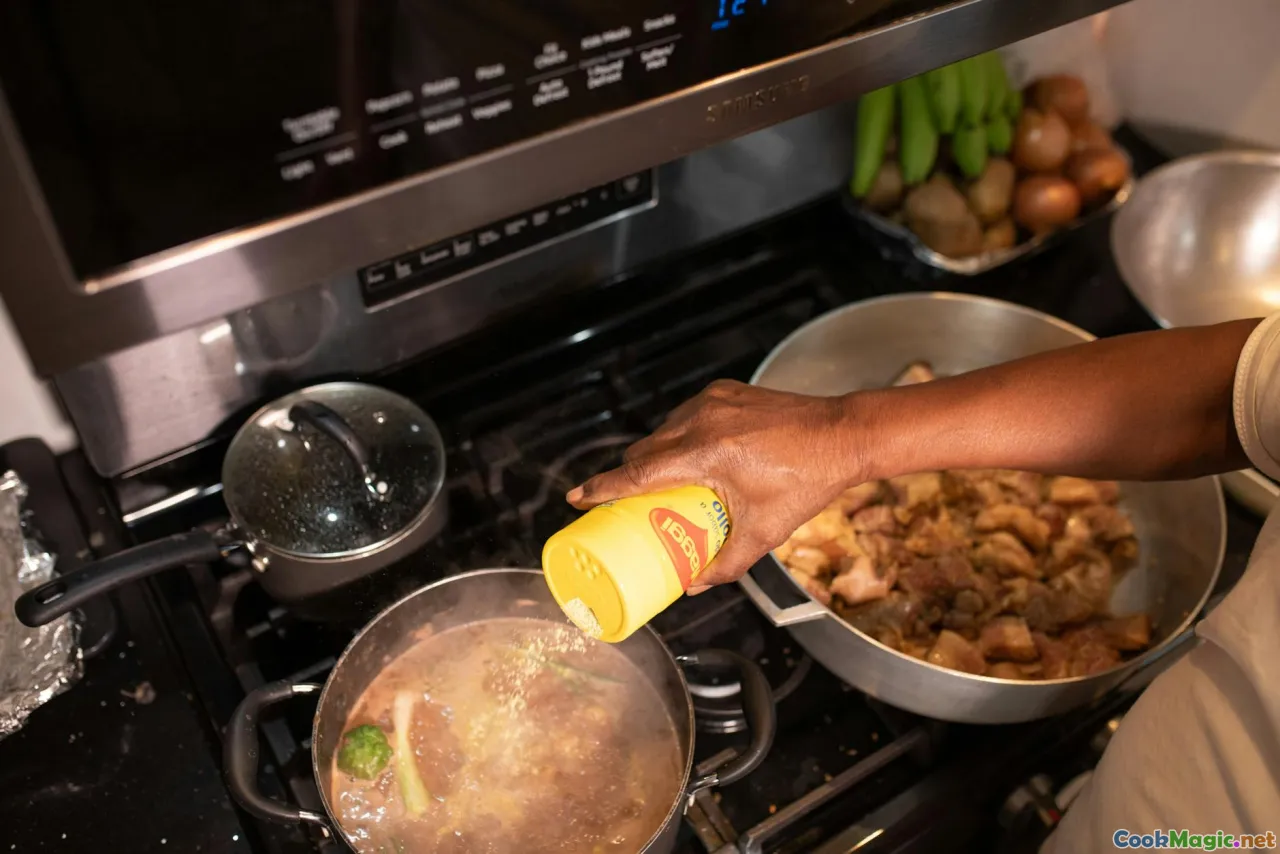Balancing Spices in Traditional Korean Stews
7 min read Discover the art of balancing spices in traditional Korean stews, exploring cultural nuances, cooking techniques, and sensory delights that define this iconic cuisine. April 26, 2025 07:00
Balancing Spices in Traditional Korean Stews
Imagine a steaming bowl of Kimchi JjigaeorDoenjang Jjigae, where layers of vibrant flavors dance on your palate—spicy, tangy, savory, and umami—each element perfectly harmonized. Korean stews, or jjigae, are more than just comfort foods; they are cultural stories simmered in pots, crafted with meticulous attention to flavor balance. Achieving that delicate equilibrium of spices is both an art and a science, rooted deeply in Korea’s rich culinary history.
The Cultural and Historical Significance of Korean Stews
Korean cuisine is renowned for its bold flavors and intricate balance of tastes. Stews like kimchi jjigae, soondubu jjigae, and yukgaejang have been staples in Korean households for centuries, passed down through generations. These dishes are often prepared with ingredients readily available locally—fermented vegetables, fresh seafood, tender meats, and hearty vegetables—each contributing to a complex flavor profile.
Historically, Korean stews served as communal dishes, fostering family bonds and social gatherings. The secret to their enduring popularity lies in the masterful balancing of spices, which elevates humble ingredients into culinary masterpieces.
The Foundations of Flavor: Key Spices and Ingredients
At the heart of Korean stews are fundamental ingredients that set the stage for spice balance:
- Gochujang (fermented chili paste): Adds depth, sweetness, and heat.
- Gochugaru (chili powder): Provides vibrant color and controlled spiciness.
- Doenjang (fermented soybean paste): Contributes umami and a savory backbone.
- Garlic and Ginger: Aromatic staples that layer complexity.
- Sesame Oil: Adds a nutty aroma and richness.
These ingredients form the backbone of most stews, but the way they are balanced determines the final flavor harmony.
The Art of Spicing: Techniques and Tips
1. Understanding the Spice Spectrum
The key to balancing spices in Korean stews is understanding their roles:
- Heat: Gochujang and gochugaru provide warmth, but too much can overpower the dish.
- Sweetness: A touch of sugar or honey can mellow excessive spiciness.
- Umami: Doenjang and fermented ingredients deepen the flavor.
- Acidity: Sometimes, a splash of vinegar or the natural acidity of fermented vegetables enhances balance.
2. Gradual Incorporation
Rather than adding all spices at once, introduce them gradually, tasting as you go. This approach allows for precise control over the flavor profile.
3. Balancing Spicy and Mild
If a stew turns out too spicy, counterbalance with ingredients like coconut milk, dairy, or a dash of soy sauce to mellow the heat.
4. The Importance of Fermentation
Fermented ingredients like doenjang and kimchi are vital for depth. Their natural tang and umami act as stabilizers, balancing the heat and spice.
Personal Insights and Cooking Rituals
Having cooked countless Korean stews, I’ve learned that patience and tasting are paramount. When preparing a kimchi jjigae, I start with a flavorful broth—simmering anchovy stock with garlic and ginger—then add kimchi and a tablespoon of gochujang. As the stew develops, I adjust the seasoning, sometimes adding a pinch of sugar or a splash of sesame oil. The magic happens when the flavors meld overnight, transforming into a harmonious symphony.
My grandmother’s secret was always to taste and adjust—adding a bit more fermented soybean paste for depth or a dash of vinegar for brightness. Her intuitive balance of spices made her stews legendary among family and friends.
Visual and Sensory Experience
A well-balanced Korean stew is a feast for the senses:
- Color: Vivid reds from gochujang and gochugaru, contrasted with the green of scallions and the earthy tones of mushrooms.
- Aroma: A tantalizing blend of garlic, fermented soy, and chili, filling the room with warmth.
- Texture: From tender meats and soft tofu to crunchy vegetables—each element must complement the others.
- Taste: The perfect harmony between spicy, tangy, savory, and occasionally sweet notes.
Final Thoughts: The Philosophy of Balance
Balancing spices in Korean stews is more than just a culinary technique; it’s a reflection of Korean philosophy—harmony and moderation. It teaches us that even the boldest flavors can coexist peacefully when carefully calibrated.
Whether you’re a seasoned chef or a home cook, embracing this philosophy will elevate your stew-making skills and deepen your appreciation for Korean culinary artistry. As you experiment with different ingredients and proportions, remember that the ultimate goal is harmony—a stew that warms the heart and excites the palate.
So, next time you simmer a pot of jjigae, take a moment to taste, adjust, and savor the intricate dance of spices. In doing so, you’re not just cooking—you’re preserving a beautiful tradition of flavor mastery that has fed Korean families for generations.









